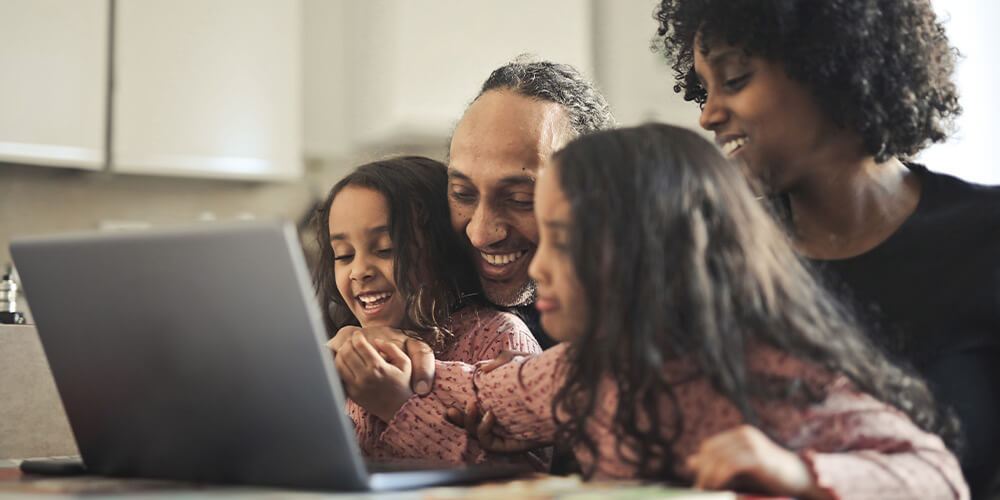What is Mindfulness, and How Can It Be Applied in the Classroom?
- admin
- 2022-12-03
- 4 min read

Feelings of loneliness and anxiety are common among children and young adults in today’s digitally charged times. Factors such as too much access to social media, messaging apps, and online games have been blamed for these emotions. In today’s times, children need greater alignment with their goals to live a fulfilling life free of distractions and anxieties. Exposure to mindfulness in the classroom can be transformative for children and teens.
Several studies indicate that inculcating mindfulness at a young age positively affects psychological health. It raises self-esteem, empathy, a sense of autonomy, competence, and vitality. This blog explores practical exercises to help build the foundation of mindfulness in children.
What is mindfulness?
Contents
Mindfulness is a practice that originates from Buddhist teachings. It is a state of being where we intentionally bring our attention to the present moment and are completely aware of our surroundings. We are connected to our feelings and the dynamics of the current moment.
The state of mindfulness is sometimes described as being in ‘witness mode’, where we respond to events as an observer instead of reacting with a lot of emotions.
Spiritual leaders such as Thich Nhat Hanh have advocated the concept of mindfulness for years and have written several books on it. Today, many skill development programmes are imparting the technique of mindfulness meditation.
Why is mindfulness in the classroom important?
Inculcating mindfulness in the classroom equips children with the tools and self-awareness to manage their thoughts better. Through these exercises, they will learn how to connect with their emotions better and build healthy relationships with their peers, family, and friends.
Six mindfulness activities for the classroom
Mindfulness techniques can help children and young adults become more productive. Here are six classroom mindfulness activities that easily tie into students’ daily or weekly schedules:
Mindful breathing
Studies show the importance of breathing for relaxation helps one stay calm and focused in high-stress situations. For instance, deep breathing through the belly has multiple benefits, such as building immunity and stabilising blood pressure. Teaching children the basics of pranayam (a component of yoga that involves regulating the breath) will enable them to develop a superior breathing technique from childhood.
Mindful consumption
In fast-paced routines, a hurried lunch or snack is not uncommon. But this practice can lead to health issues like obesity and stomach ailments. Snack time is an excellent opportunity to introduce healthy eating habits. Teach children the importance of chewing food mindfully, showing gratitude for the food and the creator of the food, and turning meal times into a community exercise.
Expressing gratitude
One of the essential mindfulness exercises is to feel and express gratitude for the people and positive events in our lives. It can be in the form of a physical or digital journal. Children can be encouraged to keep a gratitude journal and record what they feel gratitude for every day. They can also be encouraged to voice their appreciation in front of their classmates. Research indicates that gratitude journalling can result in better mental health and improved sleep within 12 weeks.
Nature walks
Connecting with nature is one of the most elevating mindful exercises. While it is not a classroom exercise, it makes for a great homework experiment. Children can be encouraged to visit a park or garden nearby and observe the trees, birds, and other fauna. Encourage them to put down digital devices during their nature walk and share their experiences in the classroom as a written or oral mindfulness exercise.
Today I feel…
Some adults often find it challenging to identify what they feel: anger, love, resentment, irritation, or self-pity. Encouraging children to be mindful of their feelings at an early age paves the way for healthier engagement with emotions in adulthood. Encourage your children to express themselves using the cue “Today I feel…”. They can do this in writing or say it out loud. As their vocabulary increases, they can express more complex emotions.
Develop a meditation practice
Research states that meditation helps reduce the incidence of negative self-chatter and depression. In addition, learning meditation techniques during childhood helps build a daily meditation practice and, hence, sound mental health . For instance, children can be taught the Tibetan singing bowl meditation, which is known to positively impact mood, reduce tension and improve well-being. Meditating for even five minutes daily can transform an individual’s psychological health. A daily meditation session in school can be an excellent way to foster mindfulness in the classroom.
Classroom mindfulness activities can easily prepare children to face the challenges ahead of them, whether in higher education or competitive workplaces. These activities help children to focus, regulate their emotions and develop problem-solving abilities. Practising mindfulness can help students achieve qualifications via online schooling .
21K School
Read our latest education blogs here. We are pioneers in proffering personalised, affordable and high-quality lessons using an advanced learning platform.


Join Asia’s Leading Online School and Unlock
endless opportunities
Join Asia’s
Leading Online School
and Unlock endless opportunities

 Thailand
Thailand




